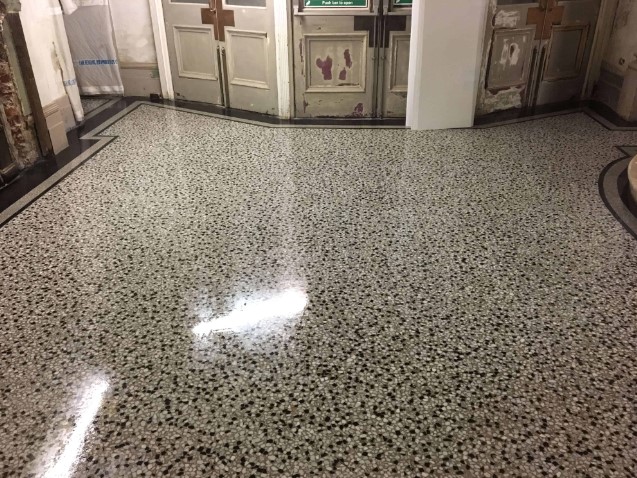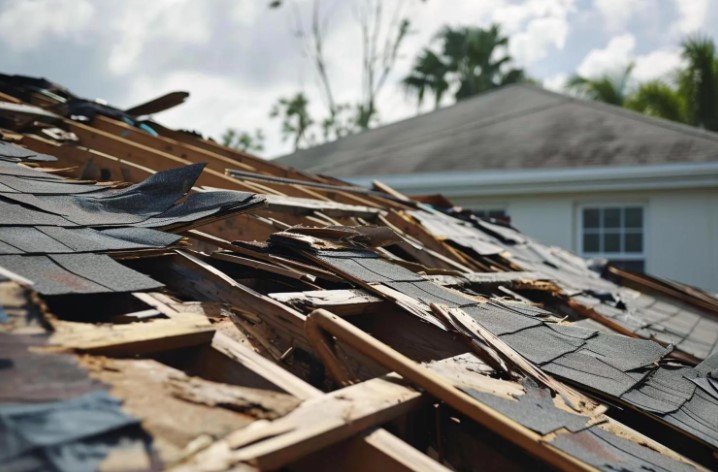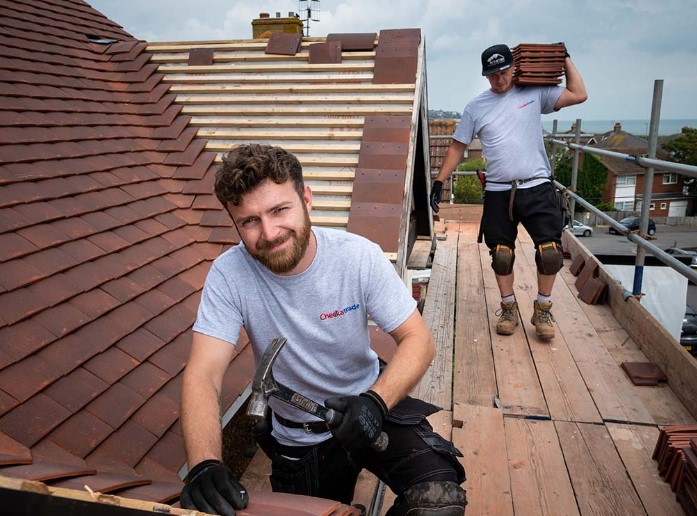
Upgrade Your Home’s Exterior: Comprehensive Guide to Choosing the Right Roofing Materials
Key Takeaways
- Understanding the variety of roofing materials helps homeowners make better, informed decisions that are suited to their specific needs.
- Selecting the appropriate roofing has long-term benefits, including energy efficiency, durability, and optimal aesthetics.
When undertaking a home improvement project, selecting the right roofing material is crucial. The roof is often referred to as the crowning glory of a house, standing strong as the first line of defense against rain, wind, snow, and sun. It plays a vital role not only in protecting your home from the elements but also in enhancing curb appeal and influencing energy efficiency. Understanding different materials can greatly benefit homeowners who wish to invest wisely in their property, providing both safety and beauty to any home.
In this guide, we’ll delve deeper into various roofing materials, the factors influencing your decision-making process, and valuable tips for both maintenance and installation. Whether you’re looking to upgrade your current home or are venturing into new construction, our aim is to equip you with the knowledge needed to make informed decisions. A sound roofing investment aligns with your aesthetic and budgetary goals, ensuring that your shelter remains as dependable as it is attractive.
Introduction: Why Roofing Matters
Roofing is beyond a protective layer; it’s an integral component of your home’s aesthetic and structural integrity. From providing shelter against adverse weather to enhancing the architectural beauty of your home, roofs serve multifaceted purposes. Beyond their obvious functional roles, quality roofing can significantly increase a property’s value by impacting both its interior comfort and external appeal. A well-maintained roof safeguards the home’s structure and contents while enhancing energy efficiency. It all begins with choosing the right roofing contractor.
Common Types of Roofing Materials
Choosing the right material is crucial for durability, performance, and style. Here’s a detailed breakdown of popular options:
- Asphalt Shingles: As the most common roofing material, asphalt shingles are known for their cost-effectiveness and versatility. Available in a variety of colors and styles, they can suit many different architectural designs.
- Metal Roofing: Famous for its longevity and resistance to weather impacts, metal roofing is an energy-efficient, modern solution. From corrugated sheets to standing seam panels, metal options are a forward-thinking choice for many homeowners.
- Clay and Concrete Tiles: Popular in hot climates for their ability to withstand high temperatures, these tiles are durable and offer a distinct aesthetic often associated with Spanish and Mediterranean homes.
- Wood Shakes: Providing a natural, rustic look, wood shakes offer a sense of historic charm. They do, however, require more maintenance and are less fire-resistant compared to other materials.
- Slate: A premium choice due to its upscale appearance and durability, slate offers one of the longest lifespans, though it is more costly and requires specialized installation.
Factors to Consider in Choosing Roofing Materials
Your choice of roofing material should reflect both your personal preferences and practical needs. Consider these aspects:
- Climatic Conditions: Different climates require specific roofing materials to withstand regional weather patterns. For instance, areas prone to heavy rain may benefit from leak-resistant metal roofing, while sunny regions might favor tiles that offer cooling benefits.
- Aesthetic Preferences: Ensure that the roofing complements the overall design of your home, including color schemes and architectural styles. Your roof should work in tandem with other exterior features to enhance overall curb appeal.
- Regional Preferences: Sometimes, local trends can be a good guide, as common materials in your area might offer better availability and pricing.
Energy Efficiency in Roofing
The right roofing can contribute to energy savings by optimizing insulation and reducing temperature fluctuations within your home. Roofing plays a crucial part in the immediate comfort and energy efficiency of a home. Light-colored roofs, for example, tend to reflect sunlight rather than absorb it, helping to maintain cooler indoor temperatures during summer months. High-quality materials like metal and tile are often chosen for their reflective properties, which can noticeably elevate the overall energy efficiency of your home, reducing the cost of cooling. By selecting materials with built-in insulation or those that facilitate airflow, you can create an indoor environment that is not only pleasant but cost-effective to maintain.
Cost Considerations and Budgeting
While upfront costs are important, consider the longevity and maintenance requirements of your chosen roofing. It’s often worthwhile to pay a little more initially for materials that are durable and require minimal upkeep, as they offer better long-term value. Slate and metal, while initially pricier, can provide decades of reliable service, reducing the need for regular replacement. Budgeting for unforeseen expenses that might arise during installation and making informed financial decisions can help prevent unexpected financial strain. Early planning can also include exploring financing options that allow you to invest in high-quality materials without immediate financial burden.
Conclusion: Making the Right Choice for Your Home
Choosing the right roof means balancing practicality, aesthetics, and budget. With the wealth of options available, informed decision-making can significantly enhance your home’s value and energy efficiency. Prioritizing durable, stylish roofing solutions ensures a wise investment for years to come, giving homeowners both long-term savings and peace of mind. By combining functionality with design, you can enjoy a living space that represents safety, efficiency, and beauty.


